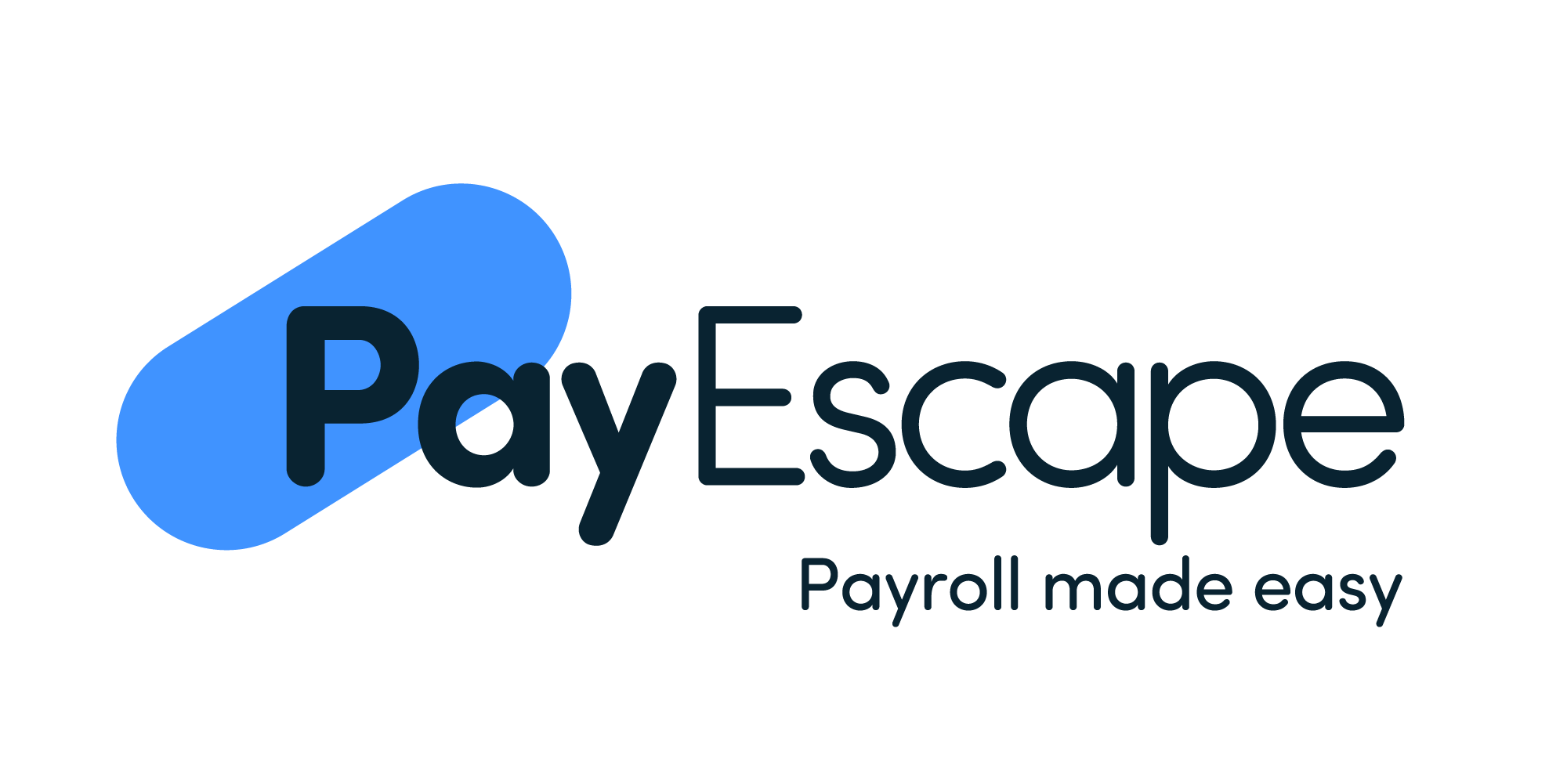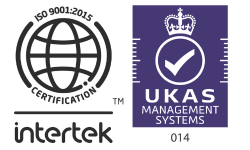If you’re employing people, you must offer a workplace pension scheme. The company, your employee and the government pay into their pension, and you must auto enrol every eligible employee.
For employees to qualify for auto enrolment they must:
● Be between the ages of 22 or over and the state pension age
● Earn a minimum of £10,000 a year
Employees who aren’t eligible can also opt in to this scheme.
When you enrol your employees in a workplace pension scheme you can:
● Pay the minimum contributions to the scheme by the 22nd of every month
● Allow your employees to ‘opt out’ (leave) the scheme if they request it and refund any funds paid within one month of joining
● Employees can rejoin at least once a year even if they’ve opted out
● You can enrol your employees back in every three years even if they have opted out and they’re still eligible for automatic enrolment
As an employer, there are certain things you cannot do, including:
● Forcing or encouraging your employees to opt out of the scheme
● Discriminate against employees for choosing to stay in the scheme
● Offer a role or imply someone is more likely to get a job should they opt out of the scheme
● Close a scheme without offering and automatically enrolling members into another one
There are minimum levels of contributions that both the company and employee must offer, which were set by the Government. But working this out isn’t easy, as it all depends on ‘pensionable pay’ or ‘pensionable earnings’ and there are a few ways this can be calculated.
How to calculate employees pensionable earnings
What are pensionable earnings?
Pensionable earnings refers to the amount of pay that pension contributions are taken from your employees basic salary before any overtime, commission or bonuses.
Employees must contribute 5% and employers must contribute 3% of this.
However, some schemes do include bonuses, overtime and commission. It is up to you (or your HR or accountancy team) to figure these contributions out. There are three ways; qualifying pay, basic pay and total earnings.
Using basic pay
If you’re working out an employee’s pension through basic pay, any bonuses or overtime isn’t included.
For a salary of £48,000, your business will contribute £1,140 and the employee contributes £1,900.
Using qualifying earnings
Another way to work out an employee’s pensionable earnings is by working out their qualifying earnings. This is often used for defined benefit pension schemes,
Qualifying earnings are a portion of your employees salary. The minimum band is £6,240 and the maximum is £50,000. Qualifying earnings account for basic pay, bonuses, overtime and all other earnings.
For example, if your employee is paid £48,000 a year and gets a £2,000 bonus, meaning they earn a total of £50,000 per year.
£6,240 is then subtracted from their total earnings, which leaves £43,760 as pensionable earnings.
Your employee will contribute £2,288 a year, and the business contributes £1,312.
Using total earnings
In this instance, the total earnings for the year is £50,000. Your organisation contributes £1,500 (3%) and your employee contributes £2,500 (5%).
If you’re using total earnings or qualifying earnings as a method of calculating pensionable pay, the following are all pensionable:
● Holiday pay
● Overtime
● Bonuses
● Commission
● Maternity and Paternity leave
● Basic pay
● Adoption pay
What about employees who are above the threshold?
If you’re using qualifying earnings to work out pensionable pay, employees earning over £50,000 must still be auto enrolled, but capped at £50,000.
For total earnings, there is no limit to their pensionable earnings, aside from the annual pension allowance and lifetime allowance.
Calculating pensionable earnings with Payescape
It’s important to ensure you’re paying the right pension contributions to your employees, otherwise you’re at risk of being fined by HMRC.
Our Payroll and HR software is designed to be used in conjunction with several pension providers, including Smart Pension, The People’s Pension and more.
At the moment, we offer integration through Excel, CSV and APIs through Middleware – we’re currently working on direct APIs with main pension providers.
From auto enrolment to ensuring employee records are stored properly, and accurately calculating pensionable pay, we’ve got you covered. Request a demo.














